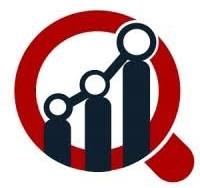Insights into Demographic Shifts Driving Product Diversification and Growth within the Leather Goods Market

Leather goods have long enjoyed popularity due to their durability, style, and status symbol appeal. Recently, there has been a notable shift in consumer preferences driven by ethical concerns, sustainability priorities, and a desire for quality craftsmanship. These shifts are playing a significant role in restructuring the broader leather goods industry and influencing product development paths.
The modern Leather Goods Market is shaped by an increasing demand for products made with responsibly sourced materials and environmentally friendly manufacturing processes. Consumers actively seek transparency regarding the origins of leather and the ethical implications of production. This trend is particularly evident among millennials and Gen Z buyers who prioritize sustainability alongside design and functionality.
The market is simultaneously witnessing a resurgence in handcrafted, artisanal leather goods as consumers look for authenticity and longevity over fast fashion. The balance between tradition and innovation continues to evolve, with new leather alternatives also entering the scene, challenging conventional definitions and expanding consumer choices.
For businesses aiming to navigate these complexities, understanding the comprehensive Leather Goods industry analysis reveals key insights that help align product development strategies with changing consumer values.
FAQs
Q1: What factors are driving changes in consumer preferences for leather goods?
A1: Ethical sourcing, sustainability concerns, and a preference for craftsmanship over mass production.
Q2: Are alternative materials influencing the market?
A2: Yes, eco-friendly leather alternatives are gaining traction, broadening consumer options.
Browse More Reports:
https://www.marketresearchfuture.com/reports/wooden-furniture-market-34585
https://www.marketresearchfuture.com/reports/wooden-toy-market-34587


